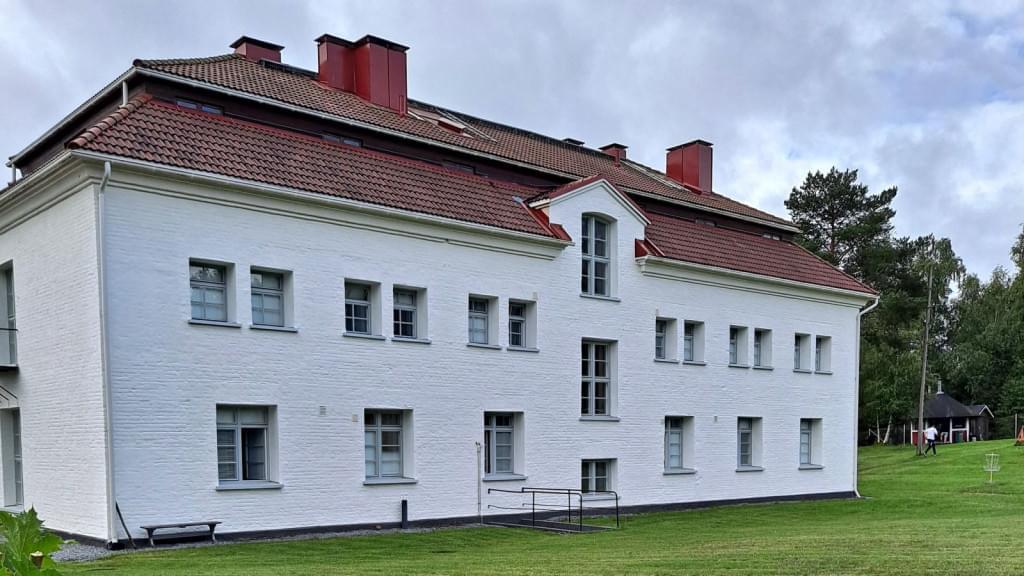What can we learn from prisons in Finland?

Hämeenlinna is home to Vanaja men's prison, one of Finland's open prisons that allow inmates to leave for work or school. Natalie Moore / WBEZ
When we think of the U.S. prison system, we might think of overcrowding, mass incarceration, long sentences and racism. The United States’ commitment to keeping people incarcerated consistently fuels and stimulates the economy. We know this as the prison industrial complex, but prison abolitionists, or people working to reduce or eliminate prisons, are imagining another way. Since 1970, the number of incarcerated people in the United States has grown exponentially and currently sits at around 2 million people. Meanwhile in Finland, that number is around 3,000, where one third of the country’s prisons operate as open. To talk about what that means and how the U.S. prison system might be reimagined, we were joined by a WBEZ reporter who dug into Finland's criminal justice system.
GUEST:
Natalie Moore
WBEZ Race, Class & Communities Reporter
What’s the purpose of prison? In Finland, not to punish. Instead, incarceration is used as an opportunity for rehabilitation. https://t.co/KXPzBJu8am pic.twitter.com/KuV4wdfeng
— WBEZ (@WBEZ) November 19, 2021
Prepared for web by Owen Henderson
Help shape our coverage on The 21st by joining our texting group and answering weekly questions. To join, text “TALK” to 217-803-0730 or sign up with your phone number below:
